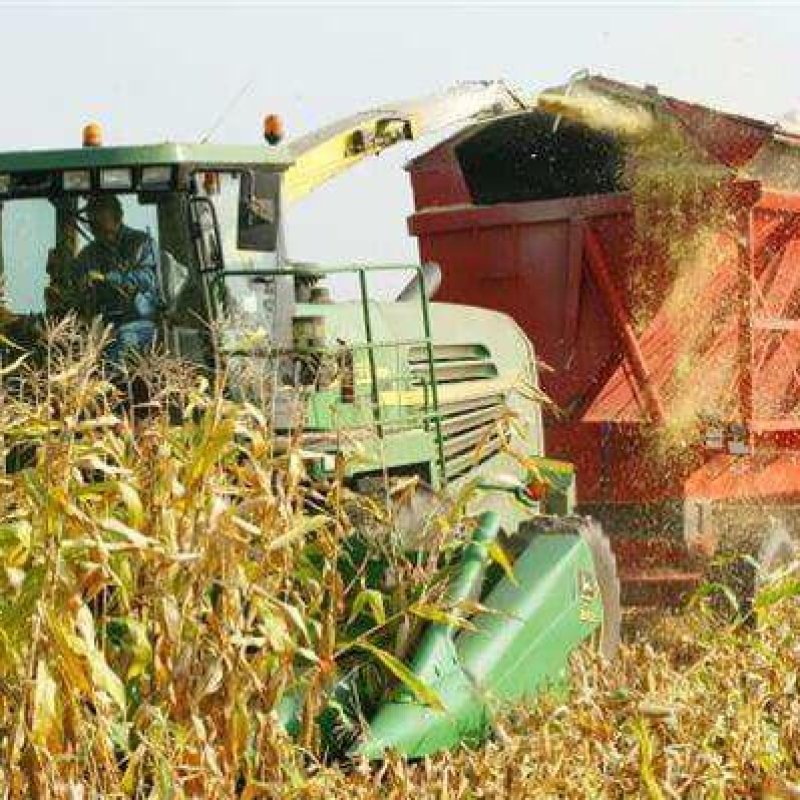Dr. Robert T. Fraley is Monsanto’s Executive Vice President and Chief Technology Officer. He awon the 2013 World Food Prize for “breakthrough achievements in founding, developing, and applying modern agricultural biotechnology” and the National Academies of Sciences Award for the Industrial Application of Science.
…I compared the change in corn yields over the last 20 years in France – which boasts the highest corn yields in Europe, but which has shunned GM technology – to those in … Ontario, where the growing environment and corn maturities are similar.
. . . .
It’s clear that the adoption of biotech traits by farmers in Ontario … correlates closely with accelerated yield improvements. Overall, yields increased from 113 bushels per acre in 1997 to 170 bushels per acre in 2015, an increase of 51 percent. In France during the same period, the increase in yields was only about 10.5 percent.

Picking a single year for a point of comparison can be misleading… So to avoid cherry-picking, let’s look at it another way:
France had both higher yields and a more rapid rate of gain than Ontario before the advent of biotech. In the years since its introduction, however, Ontario’s rate of gain has more than doubled while France’s has plummeted. Now Ontario’s yields surpass France’s.
Could other variables account for the difference? No. North American and French corn breeders both use advanced molecular breeding techniques. … French, U.S. and Canadian farmers have access to similar crop chemicals, fertilizers, farm equipment and digital agriculture advances.
So the key variable is biotechnology.
The GLP aggregated and excerpted this blog/article to reflect the diversity of news, opinion and analysis. Read full, original post: Biotechnology Makes a Difference































